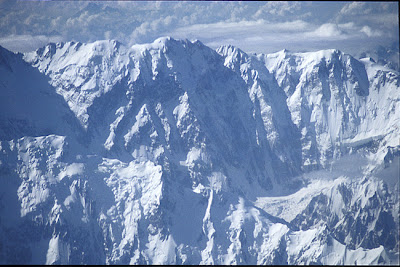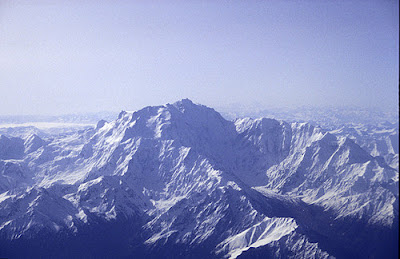
Although no definition of mango is necessary however here it is none the less. Mango is a tropical fruit widely known for its sweetness and juicy taste around the world. It is termed by many as the king of fruits. It is grown around the world in tropical regions but majority of its production occurs in the subcontinental region of south Asia and east Asia i.e. Philippines. A common belief is that this fruit is native to the Indian subcontinent.
The mention of mangoes here is because not only does Pakistan is the fifth largest mango producer in the world it also produces the tastiest as opinionated by many. Among the few reasons Pakistanis are jubilant on the arrival of summers is the availability of mangoes. Main source of mangoes in Pakistan are Sindh and Punjab with contribution from other two provinces as well. In sindh alone we have 125 types of mangoes. Fifty percent of mangoes come from Sindh which amounts up to more than 5 lac tons. Lower Punjab is also famous for its mango orchards which start from Multan. In Rahim Yar Khan, the fruit is cultivated on 26 thousand acres.
The reason I included mango here is because Pakistani mango is known around the world for its sweetness and taste. According to a blog this sweet and delicious fruit is being sold at $6 for a box of six pieces in America. One of my personal acquaintance who lives in UK told me that in his personal observation the most awaited mangoes in UK are from Pakistan. Still like everything else in Pakistan mango production and export is facing a lot of challenges. The factors are the same like everything else. No awareness of procedures and no maintenance of quality. Only from 2008 America started importing mangoes from Pakistan as it finally had some trust on pest control and quality maintenance procedures in Pakistan.











